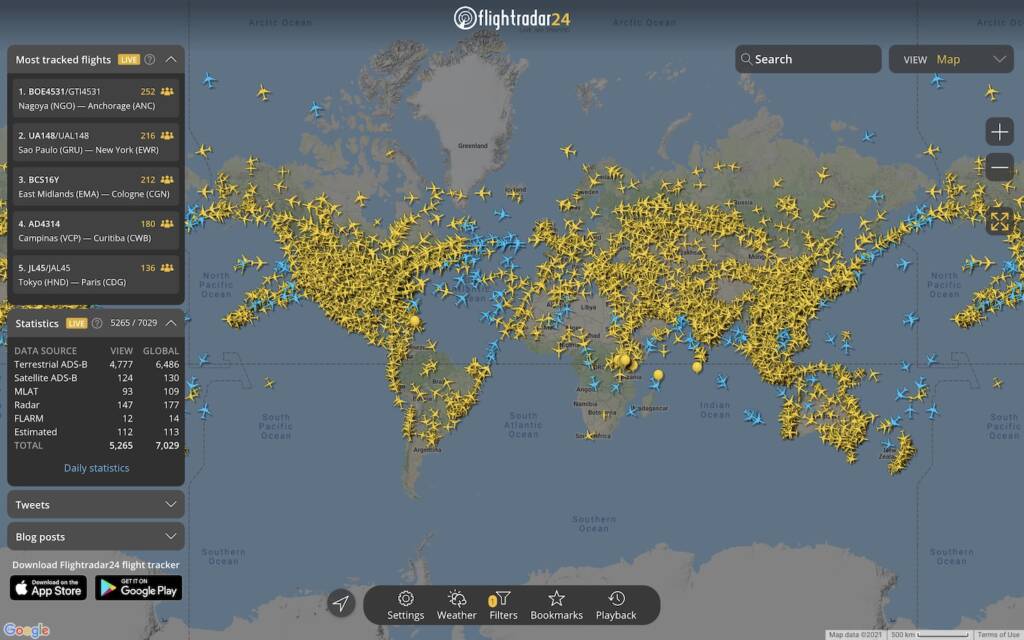Tomorrow’s Cuisine Starts Today: When Data Predicts the Art of Hospitality
6 PM in Marrakech, in the shadow of a bustling street near Jemaa el-Fna, a chef subtly adjusts the flavors of a pastilla. Simultaneously, flight AF1800, a Boeing 787 from Paris-CDG, begins its descent towards Menara Airport. Two scenes, one shared story: the future of hospitality shaped by the subtle power of data.
Gastronomy is an art of anticipation as much as spontaneity. Yet, in a tourism context where each visitor represents unique preferences to satisfy, errors are costly: food waste, understaffing, and diminished customer experiences. During a recent discussion with Imane Rmili, president of the National Federation of Touristic Restaurants (FNRT), a fundamental idea clearly emerged: uncertainty is no longer inevitable but an opportunity, thanks to data.
Imagine this reality already accessible: as soon as flight AF1800 takes off from Paris, an API like Flightradar24 provides real-time essential flight data (number of passengers, estimated arrival time, flight origin). Expanding this perspective to all arrivals scheduled in Marrakech over the next 24 hours, we’re no longer talking about just 176 travelers, but potentially several thousand, arriving from various destinations such as London, Berlin, Madrid, or Dubai. Considering that, on average, 60% of tourists visit restaurants on their first night and the following day, restaurants could anticipate several hundred additional meals daily. Concretely, an automated dashboard alerts restaurateurs, enabling them not only to adjust quantities but also tailor menus to dominant nationalities and culinary preferences. This strategic use of data opens tremendous opportunities for technological and operational projects, facilitating precise predictive management adapted to a major tourist city like Marrakech.

This approach doesn’t impoverish culinary art—it enriches it. The pastilla loses none of its authenticity; it gains relevance. Food waste significantly decreases (up to 25% in certain experiments conducted in Barcelona), operational costs fall, and customer experiences improve. A Scandinavian group enjoys a delicate vegetarian version, and a Milanese couple discovers a special touch of almond flakes prepared uniquely for them.
Prediction doesn’t stop at dishes; it reshapes the entire experience. A flight arriving from Tokyo signals a photogenic evening; restaurateurs can present their pastilla in artisanal boxes perfect for Instagram-sharing tourists. A business-heavy flight calls for agility: the pastilla becomes lighter, served in mini formats in under 15 minutes.
Beyond these practical adjustments, data signifies a cultural transformation in Morocco’s tourism sector. It frees chefs, managers, and hospitality staff from crippling uncertainty, allowing them to act confidently, focusing on their artisanal expertise and warm hospitality.
The possibilities are limitless. Why not imagine advanced dashboards and analytics to help tourism professionals concretely manage their activities through a data-driven strategy? Why not further integrate tangible data like real-time weather to optimize terrace occupancy or outdoor experiences? Complementarily, a collaborative purchasing platform could be established, operating in parallel, allowing restaurateurs to pool resources, enhance competitiveness, and refine operational management—even though this approach is organizational rather than purely data-driven.
Data isn’t an end in itself but a subtle ingredient, much like the spices in a pastilla. It suggests without imposing, personalizes without standardizing. It becomes the bridge linking Moroccan artisanal excellence to the limitless potential of digital technology. Tomorrow, Moroccan hospitality won’t just be warm—it will be predictive, precise, and deeply human.
Thus, if someday a young Marrakchi teasingly asks, “How did we used to predict how many pastillas to prepare?” perhaps we’ll reply with the same amused tone: “Once, it was the fortune-tellers of Jemaa el-Fna who read the future. Today, it’s Flightradar24 revealing it directly from the sky!”


